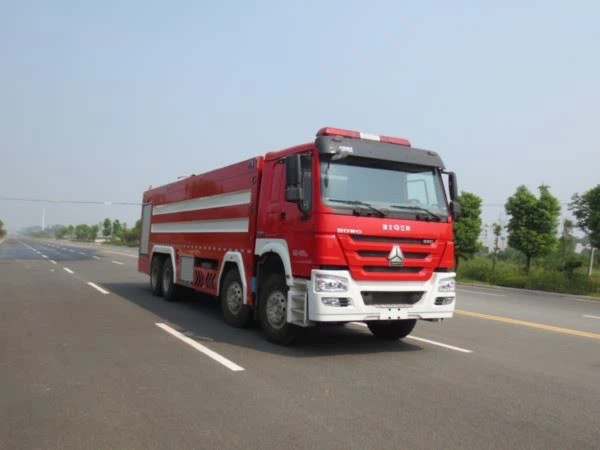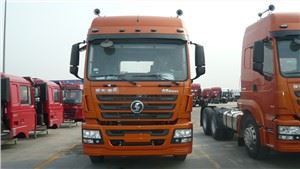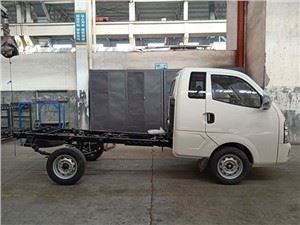Understanding Fire Engine Dimensions: A Comprehensive Guide

Fire engines are crucial to firefighting and emergency response operations. Their size and design can greatly influence their performance in the field. This article explores fire engine dimensions, covering everything from standard sizes to the factors affecting dimensions and practical considerations for fire departments.
What Are Fire Engine Dimensions?
Fire engine dimensions refer to the physical measurements of fire vehicles, including length, width, height, and weight. These dimensions can significantly vary depending on the type of fire engine, equipment carried, and intended use. Understanding these dimensions is vital for fire departments to ensure that vehicles fit within facilities and can navigate various environments effectively.
Key Measurements of Fire Engines
Length
The length of a fire engine typically ranges between 20 to 35 feet. For example, a standard pumper truck is usually around 25 to 30 feet long. Longer vehicles, such as aerial ladder trucks, can exceed 40 feet.
Width
Fire engines generally have a width of about 8 feet. This measurement includes the vehicle’s body and any equipment mounted on the sides. Width is crucial for navigation in narrow streets or tight spaces.
Height
The height of fire engines varies but is often between 9 to 12 feet. Taller vehicles, like those equipped with aerial ladders, can exceed 12 feet. Height is a critical factor for clearance under bridges and overpasses.
Weight
Fire engines can weigh between 15,000 to 40,000 pounds, depending on their size and equipment. Pumper trucks typically weigh around 25,000 to 30,000 pounds, while larger aerial trucks can weigh considerably more.
Types of Fire Engines and Their Dimensions
There are various types of fire engines designed for specific tasks, each with different dimensions.
Pumper Trucks
Pumper trucks are the most common type of fire engine, designed to transport water and firefighters to the scene of a fire.
| Type | Length (ft) | Width (ft) | Height (ft) | Weight (lbs) |
|---|---|---|---|---|
| Standard Pumper | 25-30 | 8 | 9-11 | 25,000-30,000 |
| Heavy-Duty Pumper | 30-35 | 8.5 | 10-12 | 30,000-40,000 |
Aerial Ladder Trucks
Aerial ladder trucks are equipped with extendable ladders for reaching high places. Their larger size is necessary for stability and safety.
| Type | Length (ft) | Width (ft) | Height (ft) | Weight (lbs) |
|---|---|---|---|---|
| 125′ Aerial | 40-45 | 8.5 | 11-12 | 35,000-45,000 |
| 100′ Aerial | 40 | 8 | 11 | 30,000-35,000 |
Brush Trucks
Brush trucks are smaller and used for fighting wildfires and navigating rough terrain.
| Type | Length (ft) | Width (ft) | Height (ft) | Weight (lbs) |
|---|---|---|---|---|
| Wildland Brush Truck | 16-22 | 7 | 8-9 | 10,000-16,000 |
Factors Affecting Fire Engine Dimensions
Several factors influence the dimensions of fire engines, including:
Local Regulations
Different states and municipalities may have regulations that dictate the size and weight of fire engines used in their jurisdictions. Departments must comply with these regulations when selecting or designing fire trucks.
Type of Service
The specific hazards and types of incidents a fire department responds to can determine the appropriate type of fire engine needed, which, in turn, affects dimensions.
Equipment and Load Capacity
Fire engines are equipped with various tools and supplies, ranging from hoses to rescue equipment. The amount of equipment and the necessary load capacity directly influence the truck’s design and dimensions.
Community Needs
Fire departments may tailor their vehicles to meet the specific needs of the communities they serve. For example, densely populated urban areas may require smaller, more maneuverable units, while rural areas might benefit from larger brush trucks capable of traversing difficult terrains.

Practical Considerations for Fire Departments
When choosing or designing a fire engine, consider the following practical tips:
Assess Your Needs
Conduct a thorough assessment of the types of emergencies your department typically encounters. This assessment will guide your choice in the dimensions and capabilities of your fire engine.
Consider Vehicle Maneuverability
Ensure that the dimensions of your fire engine allow it to navigate the streets and access sites effectively. Wider or longer vehicles may struggle in narrow streets or tight corners.
Evaluate Storage Facilities
Confirm that your fire station can accommodate the chosen fire engine dimensions. Overly long or tall vehicles may not fit into certain bays or parking spots.
Plan for Future Needs
Consider potential growth or changes in community needs. Investing in a fire engine with a slightly larger capacity may provide flexibility for future demands without requiring immediate replacement.
Maintenance and Regulations
Maintenance of Fire Engines
Regular maintenance is essential for the safe and efficient operation of fire engines. Ensure that all vehicles meet local regulations and safety standards.
Fire Department Regulations
Familiarize yourself with local and state regulations regarding fire engine dimensions and weight limits. Non-compliance can result in fines and impact the department’s ability to respond effectively.
Technological Advances in Fire Engine Design
Recent innovations have significantly impacted fire engine dimensions and capabilities.
Improved Materials
Advancements in materials have allowed for stronger yet lighter fire engines. New composites can maintain structural integrity while reducing overall weight.

Compact Designs
Manufacturers are increasingly designing more compact fire engines, optimizing space without sacrificing performance. Smart layout designs allow for more efficient use of available space.

Fire Engine Dimension Standards
Several organizations provide guidelines and standards for fire engine dimensions:
NFPA Standards
The National Fire Protection Association (NFPA) sets benchmarks for fire apparatus dimensions to ensure safety and efficiency in emergency operations.
ISO Regulations
International Organization for Standardization (ISO) provides standards that influence vehicle design and manufacturing, affecting overall dimensions and quality.
Comparative Analysis of Global Fire Engine Dimensions
Fire engine dimensions also vary globally, reflecting different firefighting needs and environments.
| Country | Typical Pumper Length (ft) | Typical Pumper Width (ft) | Typical Pumper Height (ft) |
|---|---|---|---|
| USA | 25-30 | 8 | 9-11 |
| UK | 20-25 | 7.5 | 9-10 |
| Australia | 22-28 | 8 | 9.5-11 |
Conclusion on Global Variations
Understanding these variations can help improve collaboration and equipment exchange between countries.
FAQs About Fire Engine Dimensions
What is the average size of a fire engine?
The average size of a standard fire engine (pumper) ranges from 25 to 30 feet in length, 8 feet in width, and 9 to 11 feet in height.
How heavy is a typical fire engine?
Typical fire engines weigh between 15,000 to 40,000 pounds, depending on the type and equipment.
Are there regulations regarding fire engine sizes?
Yes, local and state regulations often dictate the dimensions and weight limits for fire engines, ensuring they can safely operate in their respective areas.
How do fire engine dimensions affect their performance?
Dimensions affect a fire engine’s maneuverability, stability, and capability to reach specific locations during emergency responses.
Can fire engine dimensions vary by type of service?
Absolutely. Different types of fire engines, like pumper trucks and aerial trucks, have distinct dimensions based on their specific roles and functions.
